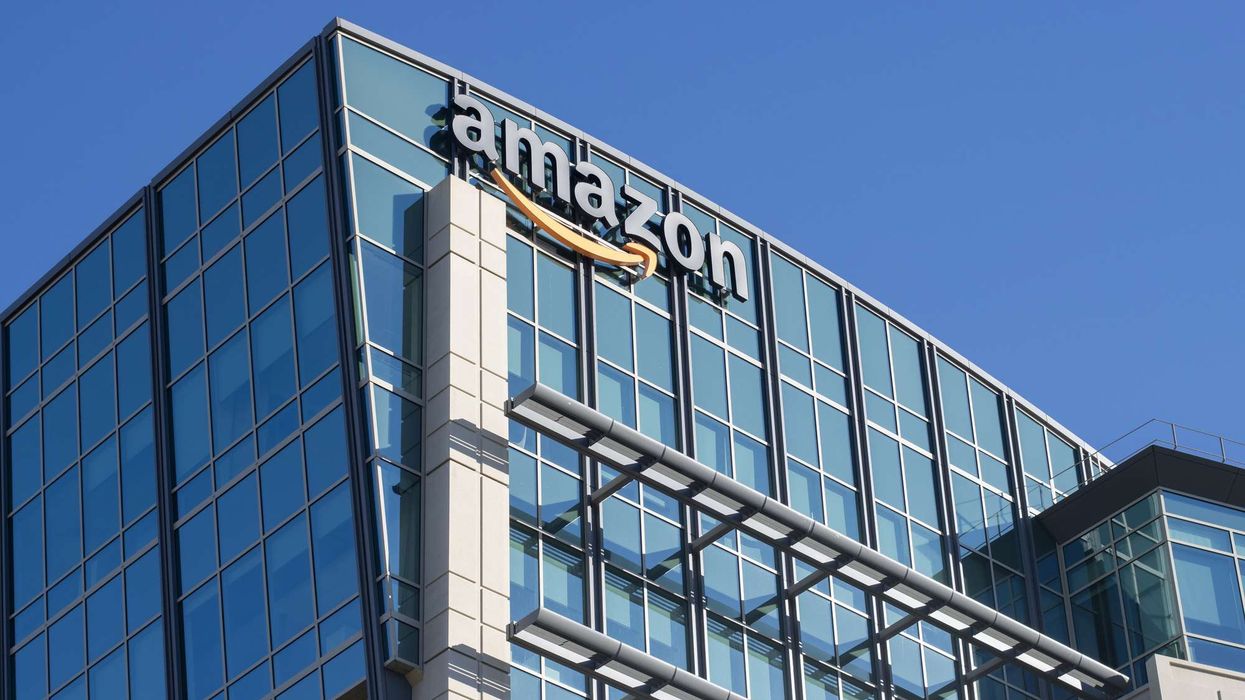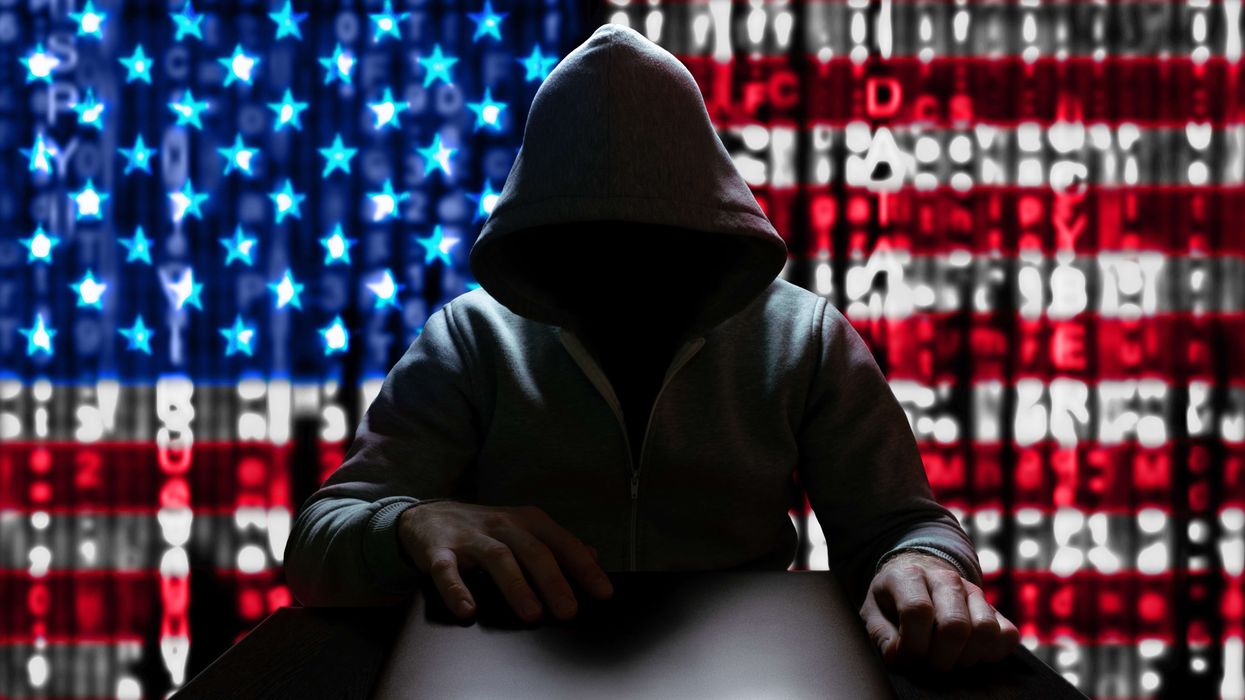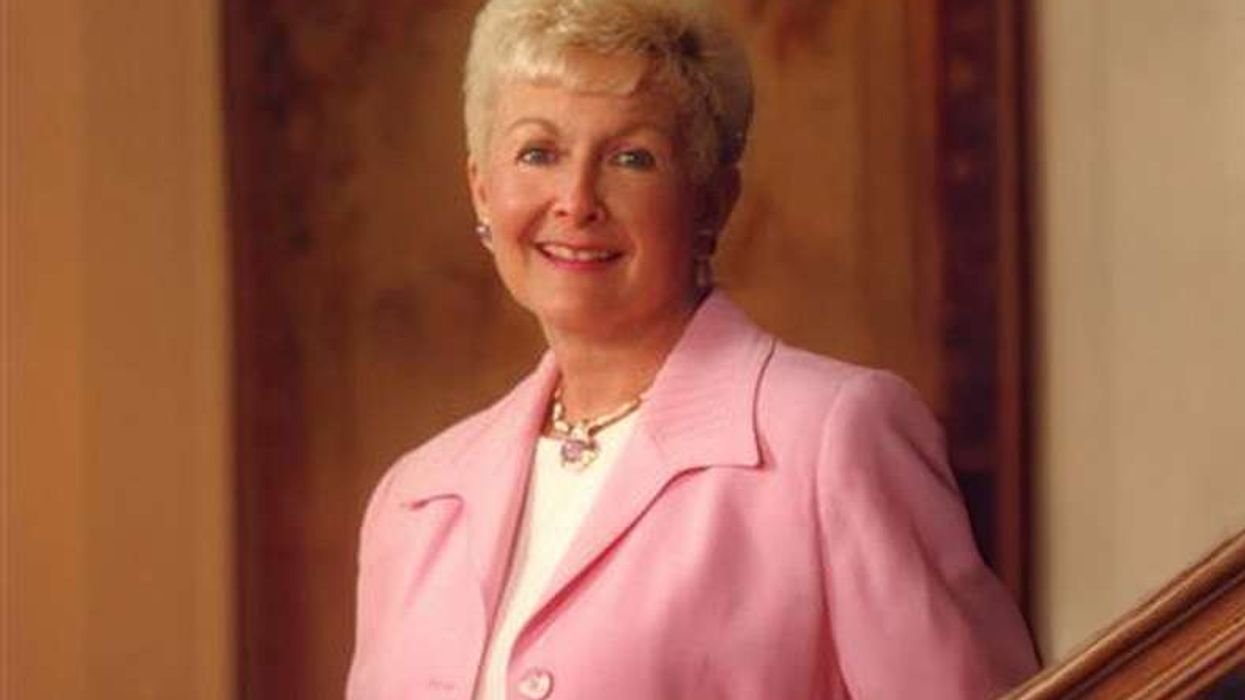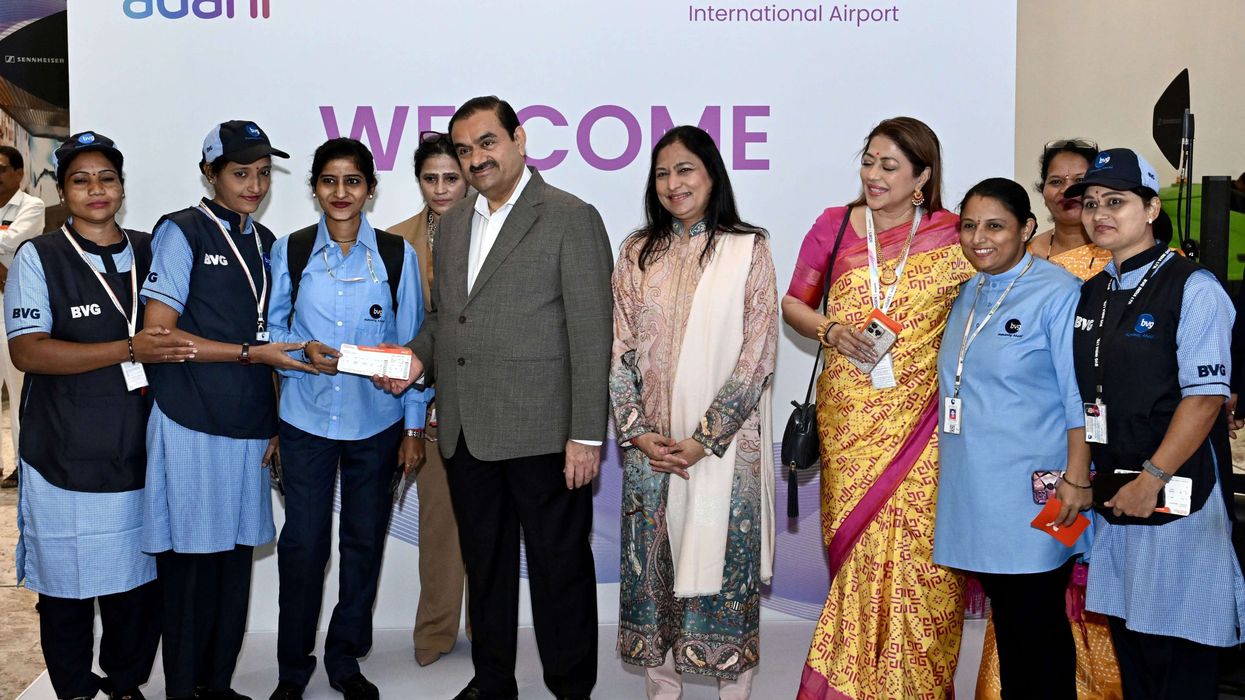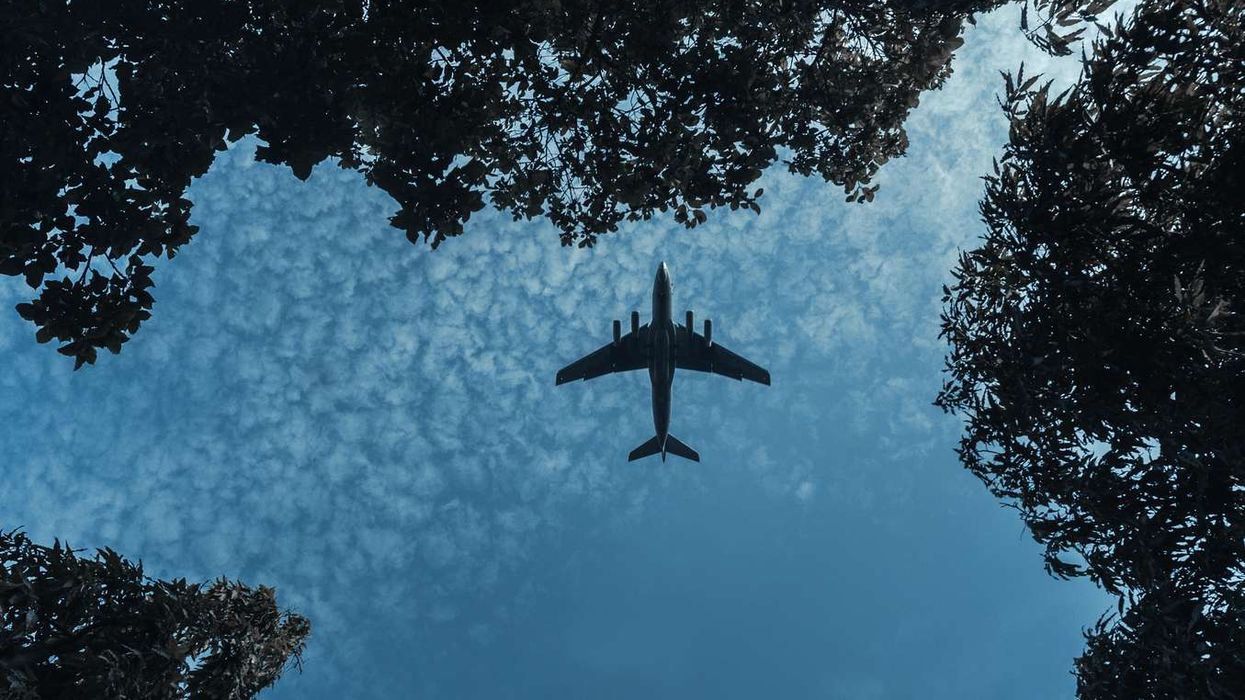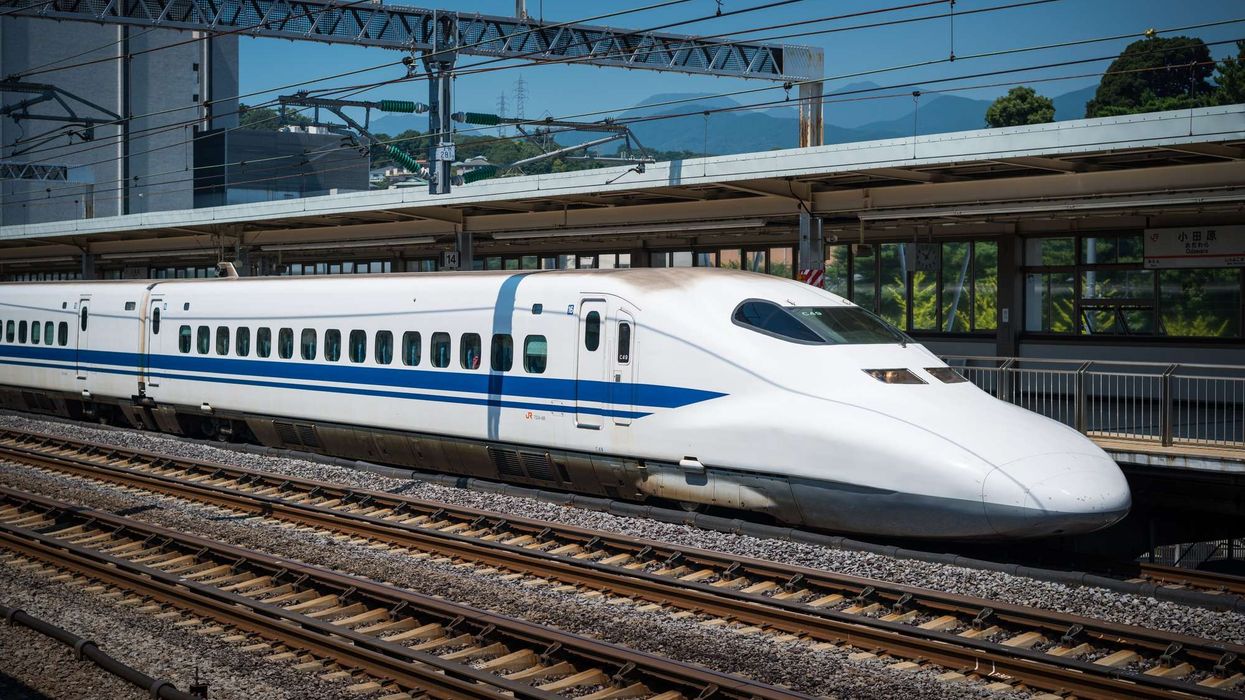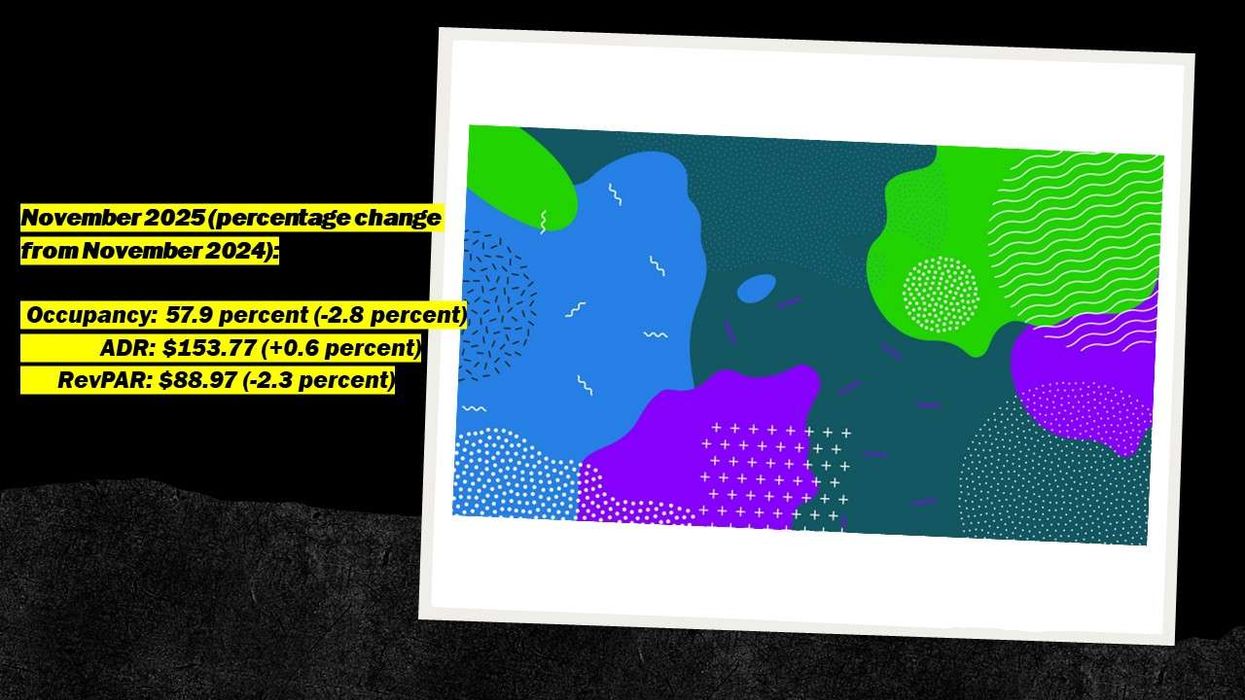WEEK BY WEEK business crawls back toward normal for U.S. hotels, with occupancy during the last week of May rising slightly over the previous week, according to STR. Some hotels got an additional boost from the country’s return to space and tourism.
For the week ending May 30, occupancy stood at 36.6 percent, up from 35.4 percent the week before albeit still down 43.2 percent from the same time last year. ADR was $82.94, down 33.3 percent from the previous year, and RevPAR dropped 62.1 percent to $30.34.
Occupancy levels for the previous weeks were:
- May 17-23: 35.4 percent
- May 10-16: 32.4 percent
- May 3-9: 30.4 percent
- 26 April-May 2: 28.9 percent
- April 19-25: 26.2 percent
- April 12-18: 24.4 percent
- April 5-11: 22 percent
“A seventh consecutive week of higher demand and occupancy was highlighted by three submarkets actually showing positive year-over-year occupancy comparisons for the weekend,” said Jan Freitag, STR’s senior vice president of lodging insights. “Two of those areas, Titusville/Cocoa Beach and Melbourne/Palm Bay, likely received a boosted from the SpaceX launch activities on Saturday. The third submarket, Corpus Christi, further supports previous analysis that there is demand ready to return, but for now, it is more visible from leisure sources and in destinations that are set up well for drive-to business.
“Because the situation intensified more toward the end of the week, and because there has not been a great deal of demand in downtown areas because of the pandemic, there wasn’t a noticeable impact from protests and the unrest occurring in major cities. That is something to monitor in our next dataset and perhaps beyond depending on how the situation plays out.”
The top 25 markets together reported a 51.1 percent drop in occupancy from last year, ending at 33.9 percent, a 41.5 percent dip in ADR to $86.82 and a 71.4 percent fall to $29.48 for RevPAR.
Markets with occupancy levels above 40 percent include New York, New York (47.6 percent); Norfolk/Virginia Beach, Virginia (44.2 percent); Tampa/St. Petersburg, Florida (44 percent); Phoenix, (42.5 percent); Atlanta (40.7 percent); and Detroit (40.4 percent).
Markets with the lowest occupancy levels for the week included Oahu Island, Hawaii, down 12.5 percent; Boston, Massachusetts, down 22.6 percent; and Orlando, Florida, down 24.5 percent.

